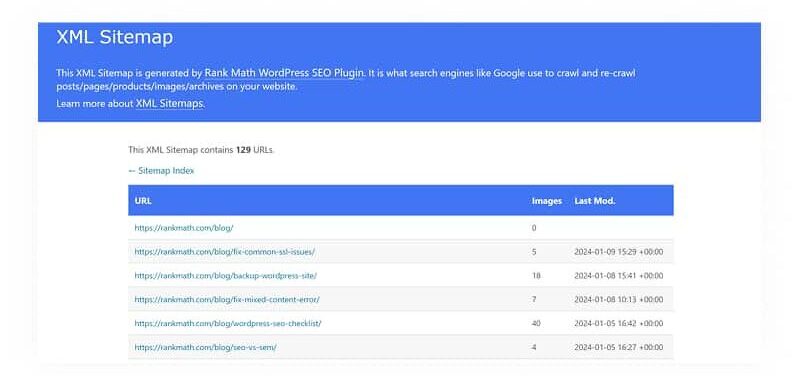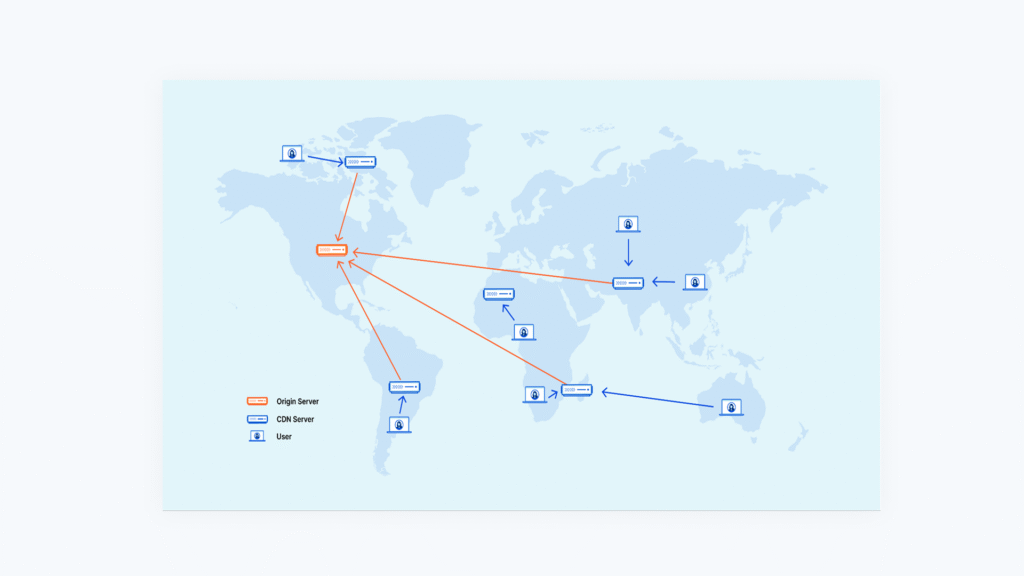They say a picture is worth a thousand words. In the current realm, it might also be worth a thousand clicks. Scroll through any high-performing website today, and one thing will be clear; images have moved far beyond being simple decorative elements. They shape how users navigate information, how search engines assess relevance, and how brands create meaningful narratives. Whether it’s a product showcase, a clean data visualization, or a graphic that explains a concept, strong visuals have become essential for building trust and improving visibility. The way these images are designed, labelled, and integrated into content can quietly but powerfully influence how easily your pages are discovered.
The rising significance of images in search is directly tied to advances in how search engines interpret visual content. Additionally, platforms like Google Lens and Interest Lens are teaching users to point their cameras instead of typing in queries. That means your visuals need to communicate clearly and align closely with your content. Success with image SEO today goes beyond ticking technical boxes; it demands a thoughtful approach that combines strategy with precision.
In the following sections, you will find practical steps to help your visuals achieve exactly that.
1. Name Your Files
You might wonder how much a file name can really matter, but it actually plays a key role in helping search engines understand your images. Using vague names like “IMG_7321.jpg” offers no useful information. Each file name is a chance to clearly describe what the image shows. For example, naming a file “cloud-security-dashboard-analytics-2025.jpg” gives search engines a clear idea of the image’s content. This helps make your images easier to find, especially as tools that recognize and index visuals get more advanced, giving your content an edge to stand out.
2. Write Alt Text That Explains the Image
Alt text is far more than just a formality; it plays a key role in helping search engines understand the content of your images. As accessibility and semantic search gain importance, clear and precise alt text benefits both your audience and your site’s visibility. Rather than using vague phrases like “software screenshot,” it’s more effective to describe the image specifically, for example, “real-time CRM analytics dashboard for fintech platforms.” This practice is a cornerstone of alt-tag SEO, supporting better search rankings and ensuring your site meets important accessibility guidelines, which many companies now consider when evaluating potential partners.
3. Use Correct Image Sizes for Devices
Your images need to adjust properly for each screen. Using methods like HTML’s srcset or services like Cloudinary helps deliver the right image size based on the device and internet speed. This is more than just how the page looks; it affects how fast it loads. Faster images improve Core Web Vitals, which search engines use to rank websites. One big image that takes too long to load can cause visitors to leave and lose business.
4. Add Schema Markup to Help Google Understand Your Images
Structured data, also known as schema markup, provides search engines with detailed information about your images and how they relate to your content. By adding this code, you help search engines go beyond simply recognizing an image they understand its role within your page. This can lead to enhanced search results such as rich snippets or image carousels, which attract more attention and increase click-through rates. Additionally, studies show that pages using structured data can see up to a 30 percent rise in organic traffic. Proper use of schema markup helps your visuals stand out and brings more relevant visitors to your site.

5. Create an Image Sitemap
Even the best image won’t rank if search engines cannot find it. That is why image sitemaps are important. By creating a dedicated XML file listing all the images on your site, you let Google know your visuals are purposeful, organized, and worth indexing. This is especially important for deep links or restricted areas where normal crawling may not reach. In fields like real estate or online education, where images play a central role, a clear image sitemap can increase discoverability by 15 to 20 percent.

6. Use WebP or AVIF to Cut Image Load Time
Choosing the right image format goes beyond design preferences. It affects how fast your site loads and how users interact with it. Formats like WebP and AVIF help keep images crisp while reducing file sizes significantly. Reports from platforms like Cloudinary show that WebP can reduce image size considerably without losing quality to the human eye. This matters a lot for websites filled with visuals such as real estate platforms, online stores, or creative portfolios. When pages load faster, visitors are more likely to stay and engage. Search engines also take notice, which can improve your site’s ranking. With more users browsing on high-resolution screens, sticking to modern efficient image formats is a smart move.
7. Improve Load Times with Lazy Loading
Visitors rarely scroll through an entire page, but search engines do. Lazy loading delays images from loading until they are about to come into view, which helps pages load faster and keeps visitors engaged. Using the built-in lazy loading attribute (loading=”lazy”) has become a common practice. Since Google now focuses more on how users experience a site, this technique is essential. For websites with many images or heavy content, lazy loading helps maintain smooth navigation and supports better search rankings.
8. Use a CDN to Speed Up Image Delivery
Use a CDN to Speed Up Image DeliveryWhen someone opens a webpage, every millisecond matters. Content Delivery Networks (CDNs) help by storing copies of your images across a network of servers worldwide. That means your content loads from the server closest to the visitor, cutting down delays and improving load times. For companies with a global reach, this setup ensures users from different regions get a consistently fast experience. CDNs also take some pressure off your main server, making it easier for both users and search engine crawlers to access your site efficiently. The outcome is a better-performing site that meets technical expectations and user demands.

9. Use Original, High-Quality Visuals
Generic visuals no longer pass the test. Search engines now prioritize content with original images over those using common stock photos. High-resolution pictures that you’ve taken or created yourself carry more weight, especially when they contain technical details like EXIF metadata. Whether it’s a behind-the-scenes image, a detailed infographic, or a custom screenshot, the more specific and relevant the image, the stronger the signal it sends. With tools like Google Lens becoming part of everyday search behaviour, having distinct and informative visuals can help your brand stand out and attract the right audience.
10. Place Images Next to Relevant Text
An image isn’t just something to fill space. It works best when it supports the surrounding content, making the message clearer and more complete. Google now analyzes how well an image fits with nearby text, headlines, and captions. For example, if you’re describing a feature of your software, placing an image of that exact feature immediately after builds a stronger connection. This approach helps users understand your content better and signals relevance to search engines. Over time, that can lead to better rankings and improved engagement from visitors who find the information more useful.
The Bottom Line: Image SEO as a Cornerstone of Modern Website Performance
In conclusion, images are essential for online success because they enhance user engagement, improve page load speeds, and help search engines accurately assess content relevance. Using clear file names, accurate alt text SEO, responsive image formats, and techniques such as lazy loading and schema markup helps brands make the most of their visuals. Placing images thoughtfully and using original content enhances the overall page experience, building trust and boosting visibility. In an environment where speed and clarity matter, strong image SEO is essential for the success of modern websites.

